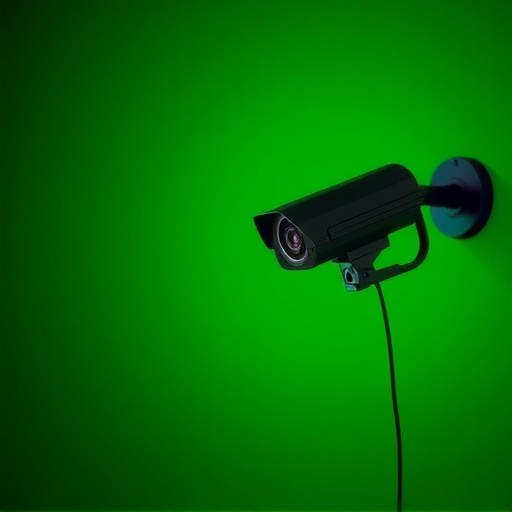Audio spy devices, disguised as everyday items like pens or keys, offer advanced surveillance capabilities through hidden cameras and microphones. While having legitimate uses for safety and investigations, their unauthorized deployment is illegal and unethical. These devices provide enhanced security in homes and industries but pose privacy risks when misused. With growing accessibility, proactive measures like detectors and data security are crucial to mitigate threats from advanced spy equipment.
“Uncover the hidden world of audio spy devices—sneak peeks into privacy and surveillance. This comprehensive guide explores the technology behind these discreet cameras and microphones, shedding light on their capabilities and growing prevalence. From home security enthusiasts to industrial surveillers, we navigate legal boundaries and ethical dilemmas, offering insights into real-world applications. Learn how to detect and prevent these devices, ensuring your space remains private in an increasingly connected world.”
Understanding Audio Spy Devices: Unveiling the Technology
Audio spy devices, often disguised as everyday objects, are a modern-day marvel of technology. At their core, they typically integrate both spy cameras and microphones to capture audio and visual intelligence discreetly. These devices can be tiny, easily fitting into pockets or hidden within seemingly innocuous items like pens, keys, or even decorative figurines.
The technology behind them is sophisticated. They employ advanced sensors and processing units to transmit data wirelessly, ensuring real-time monitoring and recording. Whether it’s for surveillance, personal safety, or investigative purposes, audio spy devices offer a level of discretion and versatility that traditional cameras or recording equipment often lack.
Legal and Ethical Considerations: Where is the Line?
The use of audio spy devices, incorporating both spy cameras and microphones, raises a complex web of legal and ethical concerns. While these tools can serve legitimate purposes such as personal safety or business surveillance, their unauthorized deployment can infringe upon privacy rights protected by law. Many countries have stringent regulations in place to govern the use of hidden cameras and microphones, with penalties for those who violate these rules.
The line between lawful observation and illegal intrusion is often blurred, particularly with advanced audio spy devices that are nearly impossible to detect. As technology advances, it becomes increasingly important for individuals and organizations to understand their rights and responsibilities regarding privacy. Ethical considerations also come into play, as the secretive nature of spy cameras and microphones can erode trust in relationships and communities, leading to a society where everyone feels under constant surveillance.
Applications and Use Cases: From Home Safety to Industrial Surveillance
Audio spy devices, often equipped with both a camera and microphone, have found their way into various aspects of daily life, offering diverse applications from home safety to industrial surveillance. In residential settings, these devices serve as powerful tools for homeowners seeking enhanced security. They can be strategically placed to monitor entry points, detect unusual noises, or capture visual evidence of potential intrusions, providing peace of mind and an added layer of protection.
Moreover, the versatility extends into professional domains. Industries such as manufacturing, retail, and logistics utilize spy cameras and microphones for surveillance purposes. These devices aid in preventing theft, ensuring employee integrity, and maintaining the security of valuable assets. Their discreet nature allows businesses to gather crucial insights without compromising on privacy or disrupting operations, making them indispensable tools in modern security protocols.
Detection and Prevention: Staying Ahead in the Age of Hidden Microphones
In today’s digital age, hidden spy cameras and microphones have become increasingly accessible, raising concerns about privacy and security. The advanced technology behind these devices makes them nearly invisible, fitting discreetly into everyday objects like pens, potted plants, or even light bulbs. While their presence offers a sense of surveillance for some, it presents significant challenges for individuals seeking to protect their personal spaces and sensitive information.
To stay ahead in this landscape, awareness and proactive measures are key. Regularly inspecting home and office environments with high-quality detectors designed to identify hidden cameras and microphones can help. These devices use advanced sensors and technology like infrared or radio frequency signals to uncover the presence of these covert listening devices. Additionally, keeping personal data secure through strong passwords, encryption, and regular software updates further reduces the risk of unauthorized access facilitated by such spy equipment.
